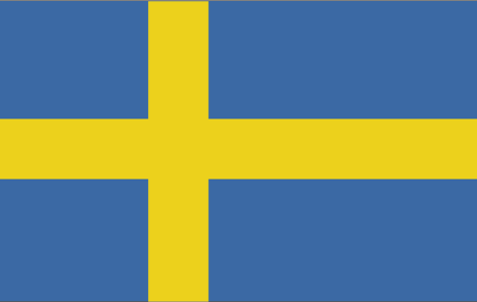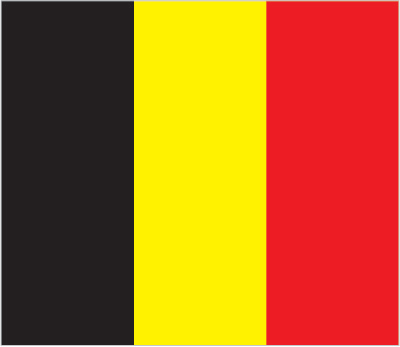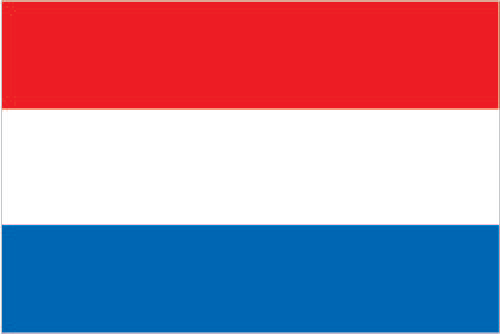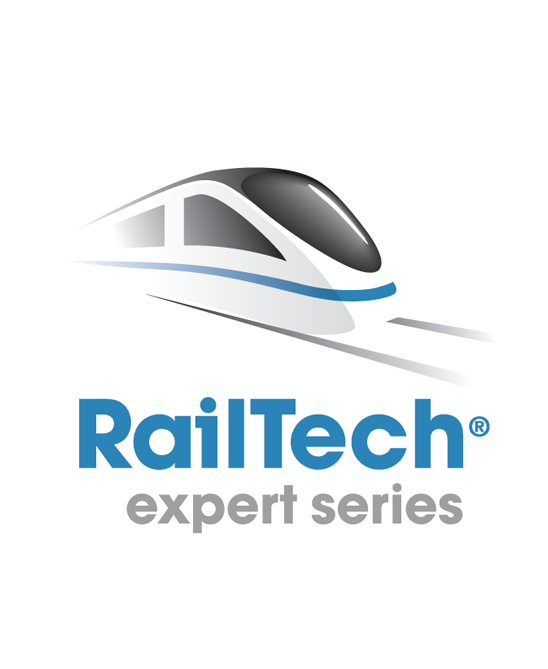 ‘Professionals in the field of Wayside Train Monitoring will share their experience and expertise’
‘Professionals in the field of Wayside Train Monitoring will share their experience and expertise’
Dr. Andreas Schöbel
Vienna University of Technology
Programme Manager
Wayside Train Monitoring Systems – 22 November 2016
In today’s highly competitive rail market automation and centralisation are drivers for innovation. National borders are no longer rail operation borders. Operators and infrastructure managers are seeking new ways to improve efficiency, operational safety and risk control.
Wayside train monitoring systems can measure the operational performance of rolling stock and infrastructure assets as well as the direct surroundings. In doing so, wayside train monitoring systems provide management information to improve performance and optimise (preventive) maintenance strategy, resulting in an increase in asset availability, cost optimisation and overall improvement of safety.
The first day of the Intelligent Rail Summit 2016 is entirely dedicated to wayside train monitoring. The conference offers a one-day podium in order to discuss the latest developments and their directions, in a both national and international setting.
Wayside train monitoring originates from national rail regulation, but since the opening of the European rail market this has also become a European regulative issue. Particularly in cross-border freight operations, but following further liberalisation soon also in all passenger operations, an international exchange of data from wayside train monitoring systems would be of great advantage to further improvement of operations and maintenance strategies. At this moment, national borders are also thresholds for data exchange between infrastructure managers, partly due to differences in monitoring measures.
Programme 22 November: Wayside Train Monitoring Systems
Programme manager & chairman: Dr. Andreas Schöbel – Vienna University of Technology
Tuesday, 22 November
09.00-09.30: Registration
 Paola Firmi – Head of RFI Engineering Department
Paola Firmi – Head of RFI Engineering Department Antonio D´Agostino – ERA
Antonio D´Agostino – ERA
How WTMS can contribute to a new European Common Occurrence Reporting?
Read abstract Manfred Arndt – voestalpine SIGNALING
Manfred Arndt – voestalpine SIGNALING
Application of Diagnostic Monitoring Solutions for advanced management of rail assets
Read abstract
11.00-11.30: Break
Chairman: Gabriele Malavasi, Sapienza University of Rome
 Paul Bladon – Wayside Inspection Devices Inc.
Paul Bladon – Wayside Inspection Devices Inc.
Improving the Utilization of Bogie Performance Detectors in Canada
Read abstract David Krasensky – STARMON s.r.o.
David Krasensky – STARMON s.r.o.
The Czech Case Study of WTMS
Read abstract Nadia Mazzino – Ansaldo STS
Nadia Mazzino – Ansaldo STS
The train conformity check system – A measuring and monitoring solutions for train’s maintenance and safety
Read abstract
13.00 – 14.00: Lunch
Chairman: Jelena Aksentijevic, OpenTrack Railway Technology
 Michael Osterkamp – Progress Rail Inspection & Information Systems GmbH
Michael Osterkamp – Progress Rail Inspection & Information Systems GmbH
Train Monitoring with Combined Intelligent Checkpoints
Read abstract Karl Akerlund & Anna Nicodemi – Trafikverket, Swedish Transport Administration
Karl Akerlund & Anna Nicodemi – Trafikverket, Swedish Transport Administration
RFID in Rail Paves the Way for Condition-Based Management
Read abstract
15.00-15.30: Break
Chairman: Stefano Ricci, Associate Professor Sapienza University of Rome
 Andrea Cusano – University of Sannio
Andrea Cusano – University of Sannio
A novel Fiber Optic Sensing System for Weighing in Motion and Flat Wheel Detections
Read abstract Eduard Verhelst – Infrabel
Eduard Verhelst – Infrabel
Combining Weight in Motion with Noise/Vibration Emission Monitoring
Read abstract Arjan Rodenburg – Ricardo Rail
Arjan Rodenburg – Ricardo Rail
In Field Implementation of Contactless Wayside Pantograph Monitoring
Read abstract
Interact and network with a cocktail on November 22 at the museum after the last session
The themes of the conference will cover:
- Increasingly important role of WTMS in railway operation and vehicle maintenance
- Regulations and the need for cross-border data exchange
- Performance of transportation from a technical point of view
Questions to be answered at WTMS 2016:
Wayside Train Monitoring Systems
- What WTMS systems are on the market today and how can they support TOC and Infrastructure managers?
- What are the differences between WTMS systems for maintenance of rolling stock versus safety critical WTMS systems installed along plain lines?
- What are the differences between countries and what should be done to get European wide standards?
- How should WTMS systems be integrated into a network?
- What are the critical success factors of a WTMS Implementation Project? How should it be organised and who should be involved?
- How can WTMS reduce the costs of maintenance?
- What opportunities and examples are there to connect WTMS with signalling systems? What extent can they improve safety?
- When connected to the signalling system, should we choose a centralised versus a decentralised approach?
- Should the Infrastructure Managers share the data with the operators?
- What are successful examples of RFID tagging in railway operations? What have we learned?
- Should a European / Global RFID tagging standards for rail be developed and required?
- How to cope with accuracy, calibration and reliability of WTMS measurements?
- What direction is the development of WTMS systems moving towards? What can we expect to have in the next 5 years? How can we connect all available WTMS components into an overall system?
- What standards should be developed for WTMS and Safety critical controls? Differences of SIL Level 0,2,4 Standards 50126, 50128 versus International highway standard. When do you need which type of safety level? How can we avoid local developed systems country by country?
- How can we get an open standard and unified interface for data formats? Allowing different hardware and data from multiple vendors to talk to each other. Shift2Rail ambitions?
- How can we open up / keep the market open? Examples of or opportunities for small innovative companies in the railway sector. For example spin-off companies from the university?
- What are the costs? Business case examples?
Railway Communications Systems
- What are the limitation and opportunities of GSM-R for real-time data transportation?
- How to create a 4G data network to support real-time Railway Operations?
- What about cyber security?
View the topics of discussion and the speakers for each individual theme:
- Day 1: Wayside Train Monitoring Systems
- Day 2: Rail Infrastructure Measuring & Monitoring
- Day 3: Big Data in Railway Operations
We are looking forward to meeting you in Naples.
